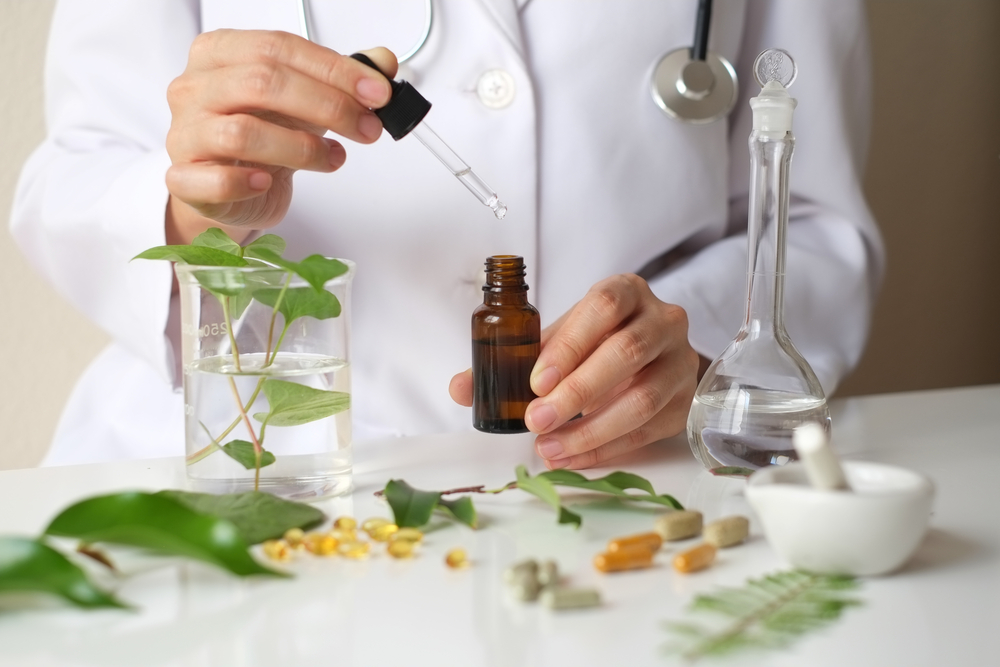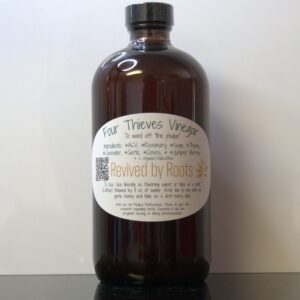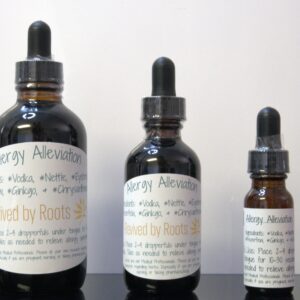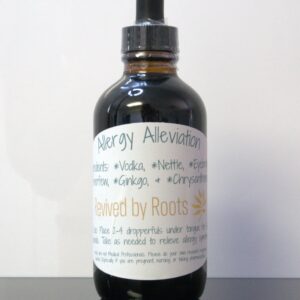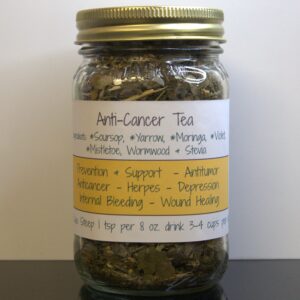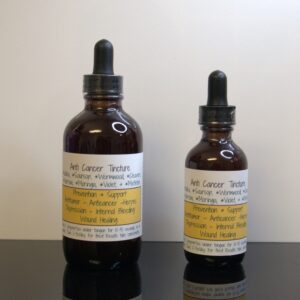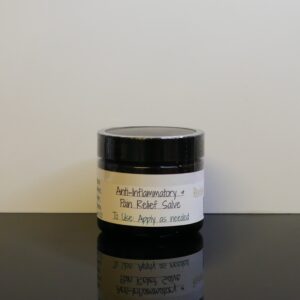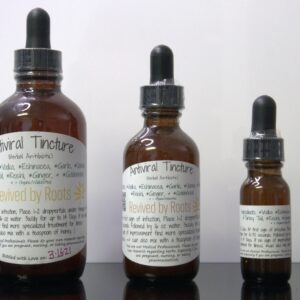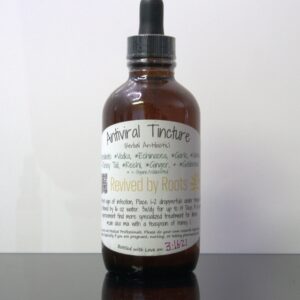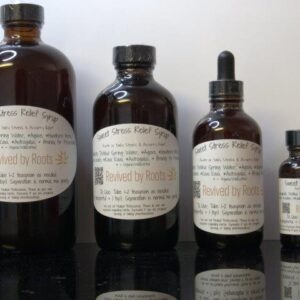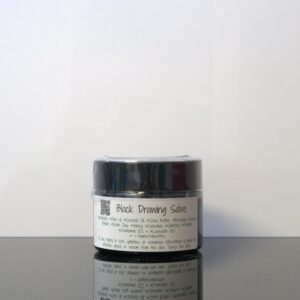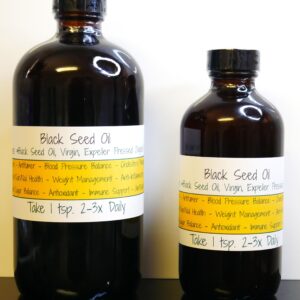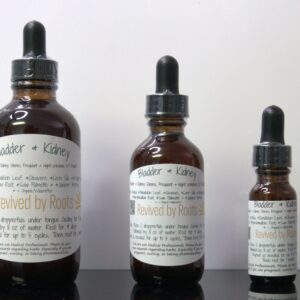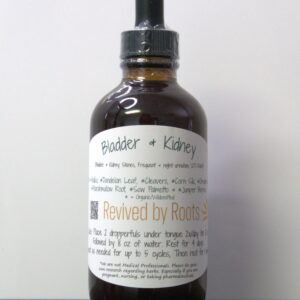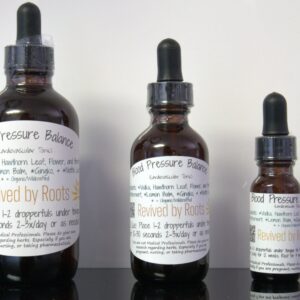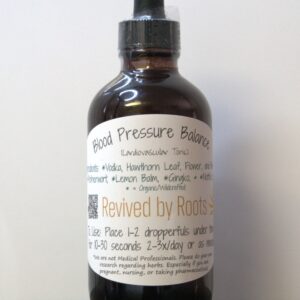Herbal Remedies have been around since the earliest days of human (and animal) history. Animals have a way of instinctively knowing what plants are good for them in certain situations and through studying these animals and their affinities for specific herbs and the actions they seem to cause (and LOTS of documentation), herbal remedies have found their way to top level importance in human life and vitality. Only until recently (in the last 200 years or so) have pharmaceuticals been introduced and lobbied into taking precedence over traditional medicine. And in these last 200 years, we have come into problems with more diseases than ever before. Herbal Remedies have been documented for at LEAST the last 5,000 years. So why, now, is it so scary and taboo for people to use universe-given plants as medicine?
I want to go through the different ways that we can incorporate herbs into our daily lives, and a few of the different methods there are to taking herbal medicine.
The most common way is Tea (or infusion), as most of you already know. You would use this method for Leaf and flower herbal blends. For tea, you can use whatever base liquid you would like (water or nut milk), and you will simply:
- heat the water to about 175-185 degrees. (The typical dosage is about 1 tsp per 8 oz of water but you can do more for a stronger flavor)
- Once the water is heated you can either pour it into a french press, or tea pot, or remove the pot from heat and add herbs (with a lid) to the pot.
- Steep for about 5-10 minutes (you can do longer or less depending on the strength of tea you would like)
- Strain out the herbs, add sweetener (if you would like), and enjoy!
- Medicinally, most herbal tea blends are drank 3-4x/day, or you can just drink as needed for a nice boost to your body!
**I like all the fancy gadgets for teas like french presses and teapots with strainers, but more often than not I really just use a pot on my stove and a regular mesh strainer to make my teas.
Another method of making tea is through something called a decoction. It is very similar to the steps mentioned above, but this method would be used for Roots teas rather than the leaves and flowers. The difference is the temperature of the water and the length of the steeping. You would bring the water to a boil, then simmer and add the herbs (roots) directly to the pot while simmering for about 10-20 minutes. The Roots are able to withstand the heat a lot more than the leaves and flowers (which would be burnt and nutrient deficient at such a high temperature), and they actually need the higher temperature to more effectively extract the nutrients.
And the last form of infusion would be by making herbal powders and mixing them directly into your water. No straining is necessary. I tend to like this method best because I am a firm believer that the most effective and efficient way to get the benefits from herbs is by directly eating them. You can make your herbal blend and then grind the dried herbs/roots with a mortar and pestle or electric herb grinder (Vitamix works too!). Then you take your powder mixture and stir (or whisk) directly into your water or drink of choice, no steeping is necessary as you will automatically be drinking the herbs anyway. I like this method for people who do not enjoy drinking tea, and for stubborn children. The powder is so versatile, you do not have to make it into a whole drink to get the benefits. You can make it into a little “shot’ with water or juice, or you could even stir it into some honey, apple sauce, yogurt, or anything you can just take a quick bite of to get the herbs into your system! The typical dose for an adult would be 1/2 tsp 3-4x/day. for children (depending on the age) you would just cut the dose in half or a quarter.
Capsules
Another option you have with herbal powders is to make them into capsules, which is a super effective and efficient way to get the benefits of the herbs since you are actually fully ingesting them! In today’s world, capsules tend to be one of the more preferred methods since people are already used to taking pills for almost everything else. To make capsules at home you just need to get the empty capsules (vegetable or gelatin), and then you can make them one by one, or you can find simple manual capsule makers online! They are pretty easy to learn to use, it just takes some time! The typical dosage for capsules will depend on the size of the capsule and the type of herbal blend, but i would say 2-4 capsules 3x/day is pretty average.
Electuary
An herbal electuary is similar to the powder tea I mentioned above, but instead of infusing the powder into water, you make it into a thick paste with honey and then can eat little herbal candy balls! (For example, you can check out our Prebiotic Honey)
Tinctures/Glycerites
A tincture is another traditional form of herbal medicine. The goal is to do a stronger extraction of the herbs by using alcohol instead of water (yes, real alcohol!). This is one of the most shocking things for most people to grasp when they read the tincture bottle. They usually laugh and say “vodka???? like how much vodka”…and my response is ALL vodka. All the liquid in the bottle is vodka. I use very standard/simple tinctures with just regular (organic) 80-proof vodka. There is most definitely a LOT more to it when you get to the nitty gritty details of tincture making, some herbs extract better at lesser ABV while others require stronger. However, for the most part, 40% alcohol is a pretty neutral level for most herbs, so for now this is the method I use. In the future I hope to get more scientific with it and get PURE 175 proof vodka, and then balance out the levels by adding distilled water, but, until then, we stick to the simple method. You make your herbal blend, and then cover the herbs with your vodka (usually a 1:5 or 1:4 ratio, or until the vodka covers the herbs by about 2 inches), then you place in a dark space and shake daily for 4-6 weeks (longer=stronger). To make a super strong blend you can double-tincture it. This would take tincturing it the first 4 weeks, straining it out, and then using that liquid to tincture another batch of herbs. SO. all in all, YES, it is actually vodka that we use. The typical dosage for a tincture is about 1/4-1/2 tsp 2-4x/day (halved or quartered for kids depending on age). So you really are not ingesting THAT much vodka. You most definitely do not need to be taking shots of tinctures . I have always been comfortable giving my baby/toddler vodka tinctures because I know it is such a low dose of alcohol, however, I do understand the hesitation some people may have (and the same for recovering alcoholics). We do have options in these cases. You can use Vegetable Glycerin as the base with the same process, and it would be called a “glycerite”. It isn’t as strong as a vodka tincture but is still a little stronger than a tea, and you do have to be conscious of your source of vegetable glycerin as it is made from palm oil (we get ours from starwest-botanicals).
Herbal Infused Vinegar
The same process as tincturing can be done with vinegar too. We take the herbal blend, and soak it with the vinegar of choice (we use apple cider vinegar) for about 6-8 weeks, shaking daily. An example of this would be with our four thieves’ vinegar. For herbal vinegar, you can take a little higher dose than tinctures/glycerites. We do 1-2 tablespoons per day of the four thieves vinegar, or you can really just use it as a seasoning agent as you would with any other vinegar. We also like to take our four thieves vinegar and make a homemade salad dressing (mix with oil, salt, pepper, and seasonings of choice), or even as a marinade! The absolute most delicious way we use our four thieves vinegar is by mixing it in equal parts with our garlic honey, and then using that mixture in the same ways mentioned above!
Herbal Syrups
Everybody seems to be pretty familiar with elderberry syrup and the delicious benefits that it entails. Syrups are an awesome way to ingest bitter herbs because you ultimately sweeten them with honey, maple, or a “sugar” of choice. Herbal syrups are the ultimate Mary Poppins representation with “a spoonful of sugar helps the medicine go down” . To make a syrup you start with your herbal blend, add water to about 4 inches above the herbs, and double boil it in some distilled water (helps with preservation) at about 165 degrees. Let it sit in the water for 2-4 hours (longer = stronger…sometimes we like to let our steep overnight, just make sure it is at a temperature that will not harm the nutrients in the herbs). Remove from Heat and let it cool. Strain into a separate pot/dish, and then mix equal parts liquid with your sweetener of choice (we do maple or honey), more or less to taste. Then you can optionally add about 10% total volume of brandy, this helps with preservation. Bottle the mixture and store in a cool dark place (really just keep out of direct heat and sunlight). It will keep for several months.
Topicals- Creams, Oils, and Salves
You can also use many of the herbs topically. The first step to each of these methods is to double boil the herbs with the oil/s of choice. You will let them steep for 2+ hours (longer=stronger), you can also do the double steep method here, where you steep the first batch, strain it out, then do another set of herbs with the already steeped herbal oil. After you remove the oil from the heat and strain out the herbs, you will add the essential oils (optional). From this point, you have three options. You can just leave it as is for an herbal oil to apply topically as needed. To make a cream you will typically add shea butter or coconut butter to your herbal oil blend and then can whip it up as it cools with a mixer depending on the texture you are going for. And then for a salve, you will strain the herbs from the oil, place them back in the double boiler, and then add beeswax usually a 1:4 ratio but you can do more or less as needed. (make sure you wait until after you melt the beeswax and remove it from heat before adding the essential oils). When making a salve you will want to make sure you pour it into the container you are using pretty quickly as the beeswax will harden up as it cools down. To test your hardness (amount of beeswax) you can dip a spoon into your blend and stick it in the freezer for 20 seconds or so, and then test the consistency of your salve.

